Inside the sketchbook of Netflix and Apple background artist Sergio Mancinelli
Sergio Mancinelli is a character designer and visual developer based in Italy. He worked on the Netflix feature film Klaus for Spa Studios in Madrid and as a layout artist for the Oscar-winning short film The Boy, the Mole, the Fox and the Horse. He's currently working on his personal projects and painting on the side.
''As a child I was fond of different things, from the most classic fantasy illustration to Magic: The Gathering. I loved watching movies (especially The Lord of the Rings) and reading many comic books, especially manga. But mostly I was fascinated by traditional animation," says Sergio.
He adds: "Drawing was the common thread of all these passions and I started studying it mostly for fun, influenced by my brother, sister, father, and aunt, who were all better than me and a great source of motivation."
Further inspiration came from watching classic animated movies from Disney and Studio Ghibli. ''When I was very young I broke my femur, and I remember my mother brought me two random VHS [tapes] to keep me busy. One was Disney's The Hunchback of Notre Dame and the other was Hayao Miyazaki's Princess Mononoke," reflects Sergio.
He then adds: "I watched them on repeat while stuck in bed with my leg in traction. They became impressed in my mind and made me realise the potential of drawing: the ability to tell stories."
Below Sergio shares his personal sketchbooks with me, but if you're inspired, then read our guides to the best sketchbooks for artists and the best pencils for artists. Don't forget, you can go digital too, with the best iPads for drawing.
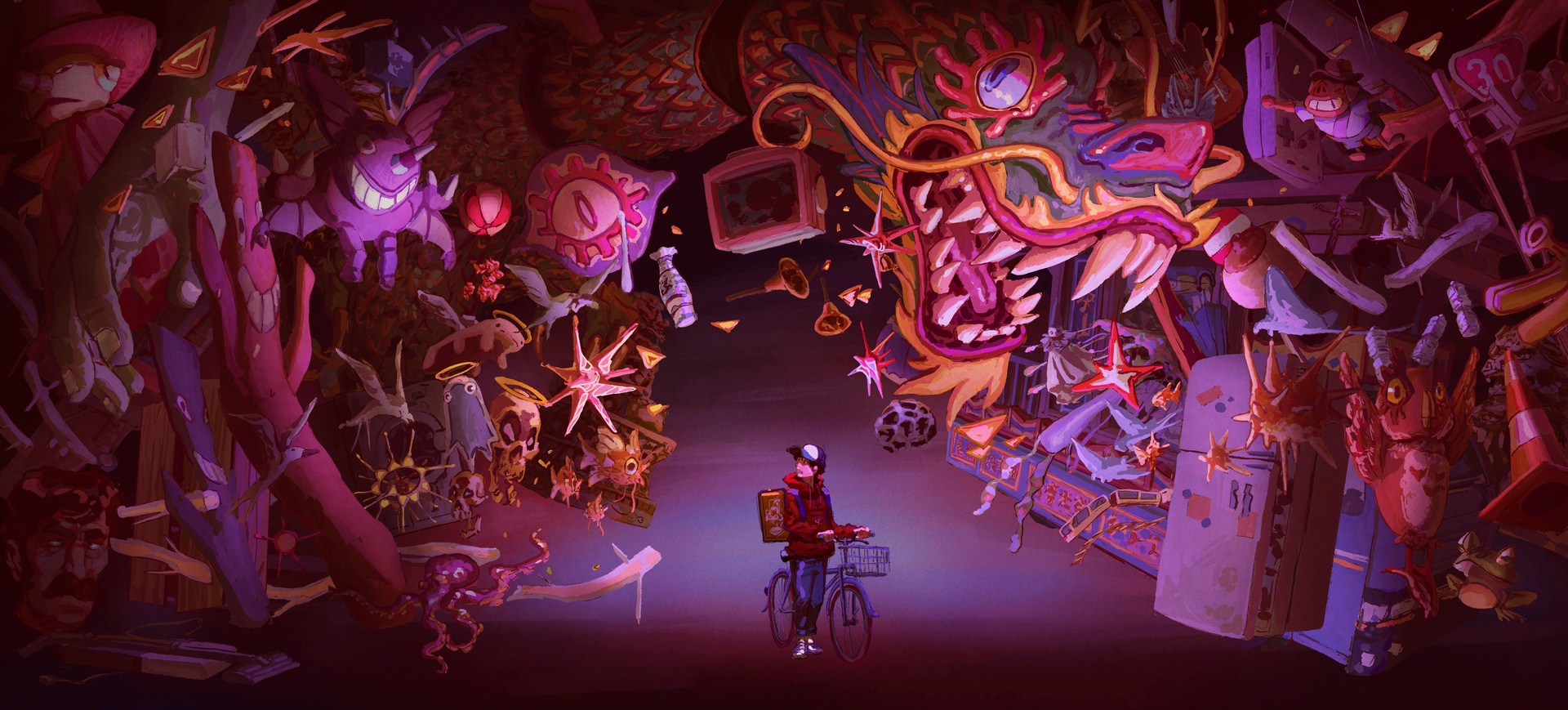
I ask Sergio when he started using a sketchbook regularly, ''As long as I can remember'', he says.
Daily design news, reviews, how-tos and more, as picked by the editors.
''I've never stopped drawing on paper, whether in sketchbooks or loose sheets. I like to change techniques and try a little bit of everything. I was bored with almost everything as a child, but I found drawing rewarding."
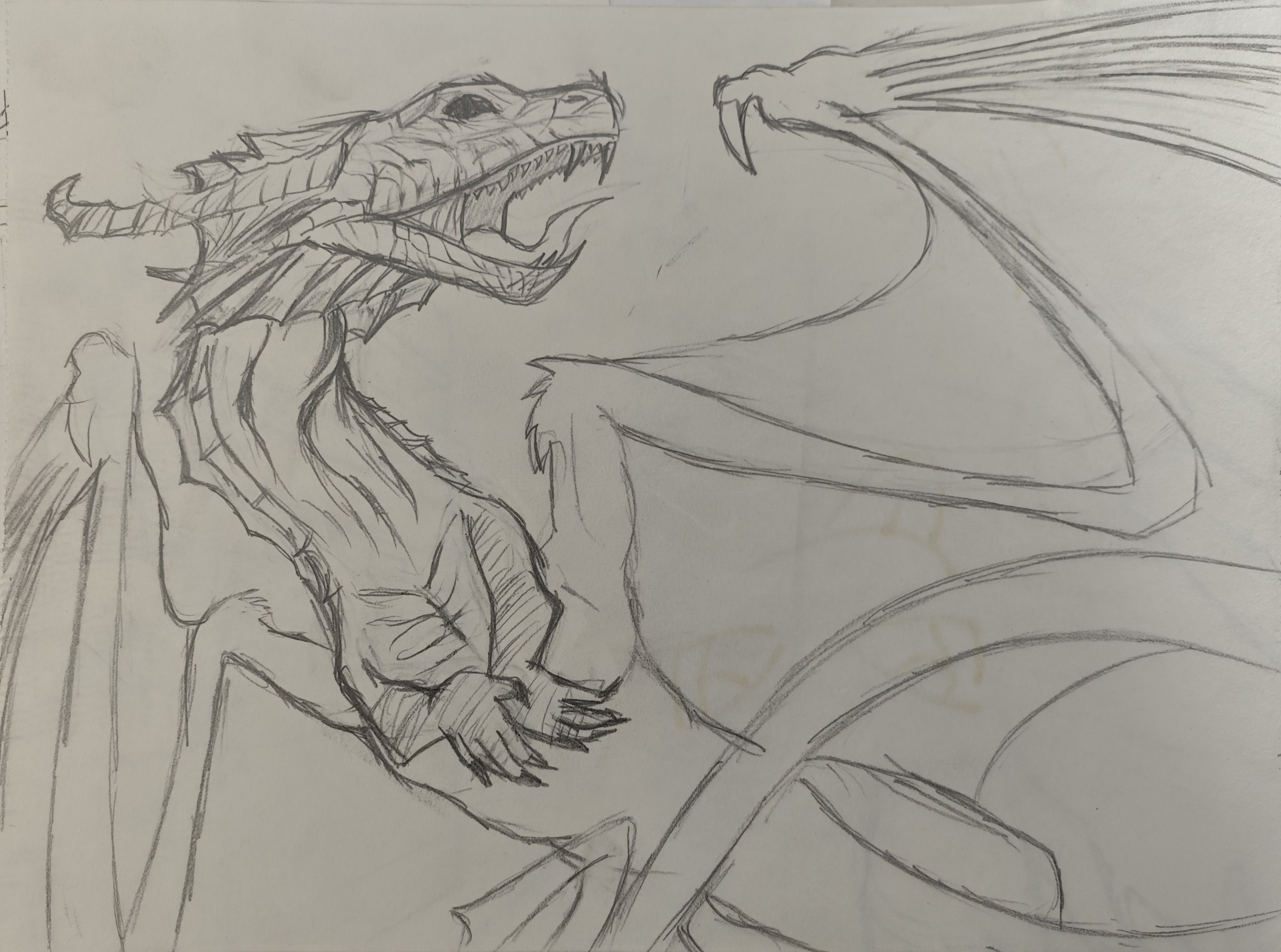
But when did you transition to digital tools and what were the first challenges you encountered?
''When I started drawing, digital drawing was still in its early days. I remember my brother bought one of the first graphic tablet models from Trust with a mouse and a pen with a wire - you could also insert papers and trace them'', Segio recalls, then adds smiling ''I'm now using Photoshop and a professional Cintiq.''
''I was mostly doing portraits with a program called Artrage, but I remember having difficulty painting accurate backgrounds. I discovered the Artrage forum and from there I started posting my first drawings online in other forums too. Having the response of other draftsmen, some already professionals, seemed incredible to me!'', he continues.
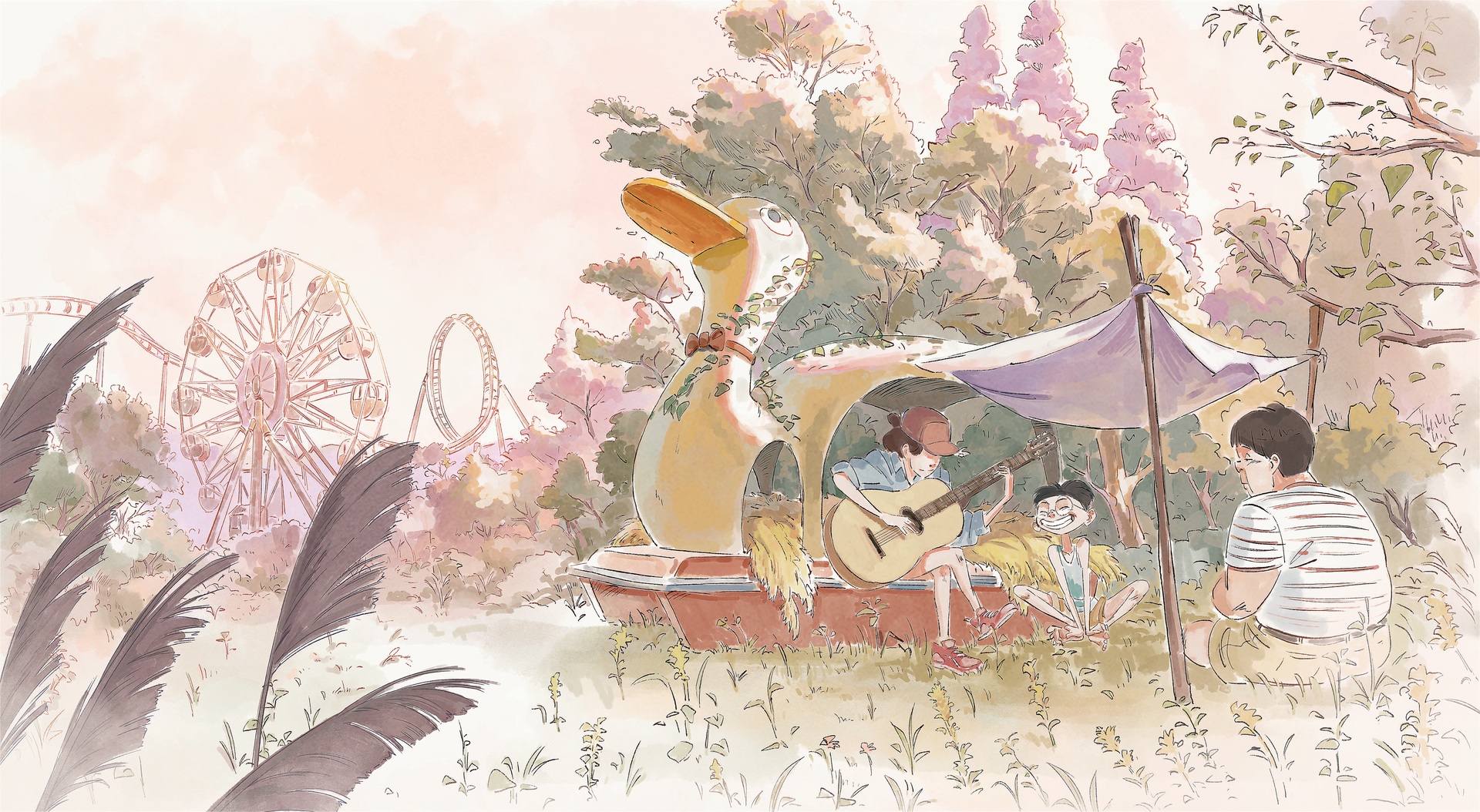
I'm curious what aspects of his sketchbook practice inform his digital work and vice versa.
''I never thought of them as two such different processes, but more like different techniques. In the sketchbook, I usually try to be freer and faster, without making too much fuss about it. In digital, on the other hand, I tend to curate my drawings more since I usually do them for clients'', Sergio says.
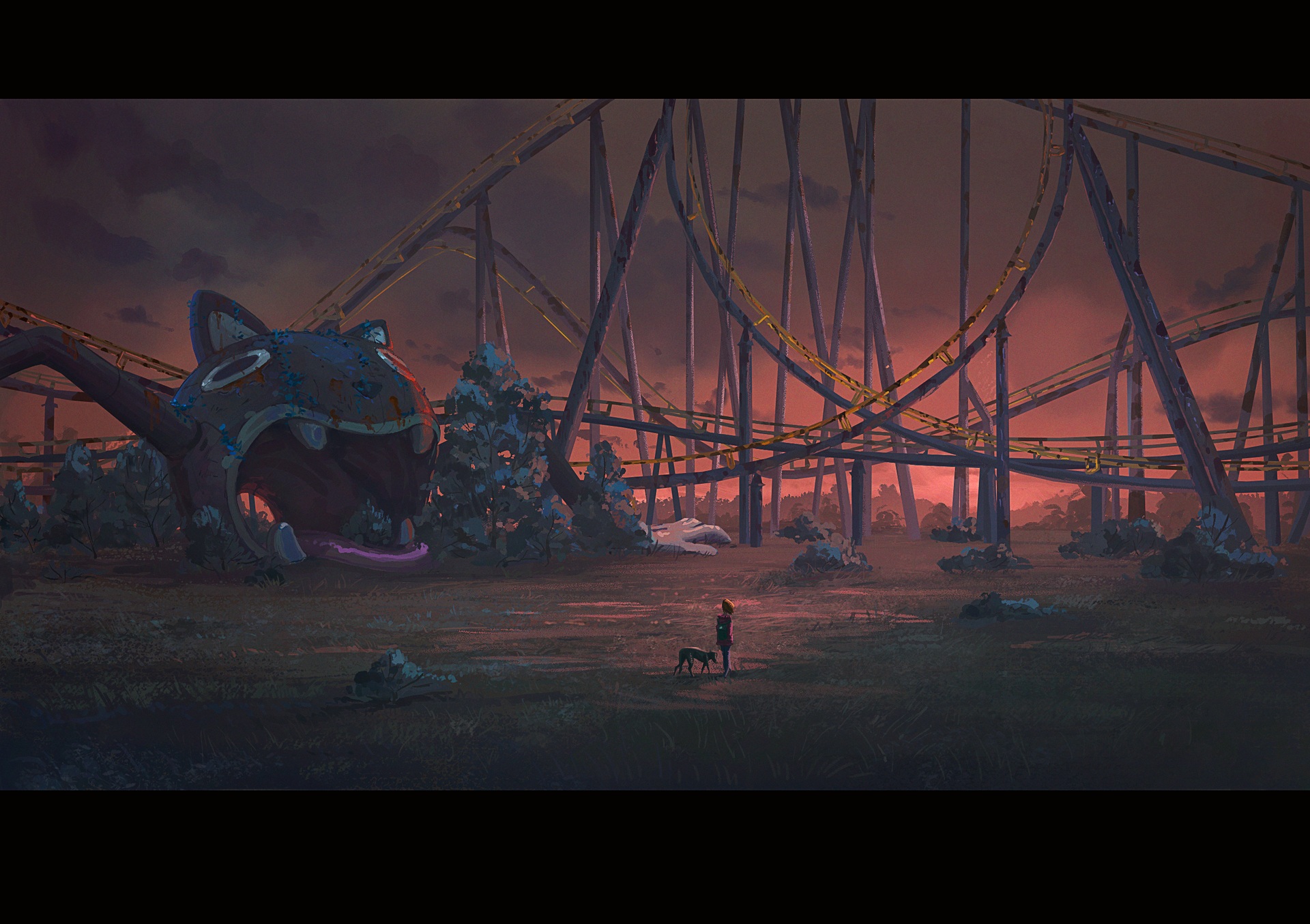
Then adds: ''Actually now I'm trying to go faster and do fewer layers in digital to simulate the traditional painting technique. While in my sketchbook I try to be a bit more precise so that I have something more complete.''

I ask Sergio which artist's sketchbooks inspired him the most, ''Definitely the sketchbooks of Masaaki Yuasa, whose creativity has no limits, and of course the watercolours of Hayao Miyazaki'', he replies.

What about other sources of inspiration? ''When I'm out and about, I really enjoy doing gesture drawing or gouache and watercolour backgrounds, although I don't do it as often as I would like. My inspiration comes mainly from my surroundings,'' he adds.
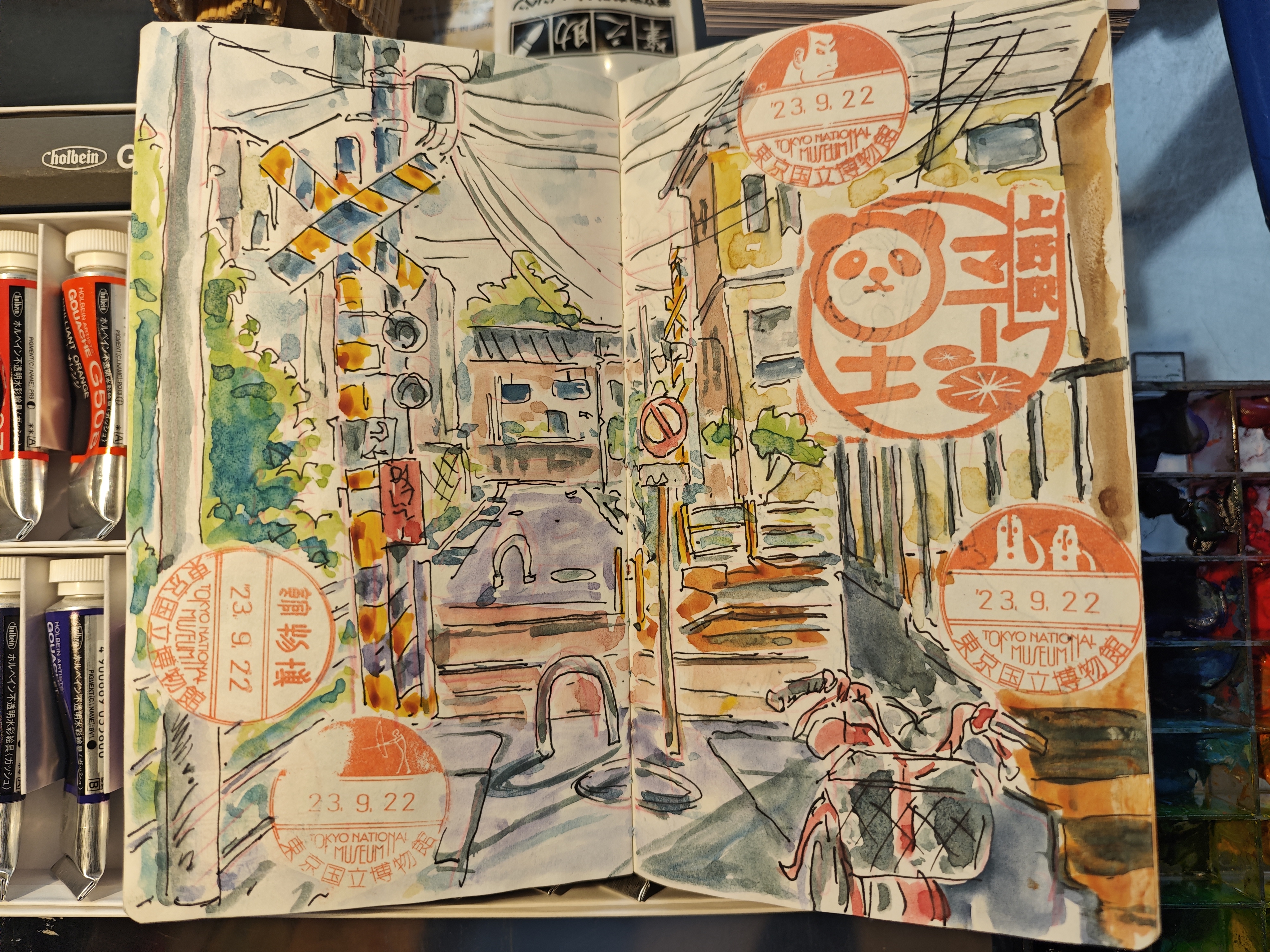
What part of the sketching process you love most? ''I really love the part when I block out shapes quickly with big brushstrokes and already have a clear idea as what the final result will be. And of course getting the tape off the edges is nice too'', he says.

Then adds: ''The process in my sketchbook is always very random. I like to keep everything very simple and functional. It's only for me to understand certain things, which I can eventually complete digitally later.''
I ask Sergio which are his favourite tools for sketching, ''Mainly Holbein gouache and watercolours, and poster colours too'', he says.
What are your favourite pages so far? ''It's hard for me to like something I draw at first glance. I usually prefer those pages that have a narrative function for some personal projects I'm writing even if they are not drawn well'', replies Sergio.



I ask Sergio to talk about the importance for visdev artists to draw and paint traditionally as well, ''Traditional can be more immediate and quicker to do and can give you a general idea of the final output'', he says, then adds, ''integrating it into the digital workflow can give you a clear idea of the direction for you and the art director.''

So what do you hope to achieve by sketching regularly? ''I'd like to be able to create painted colourscripts for the scenes I'm drawing digitally, or quick watercolour sketches that can give an idea of the final result to the director'', Sergio replies.

I ask him about his future goals regarding his personal art, ''I feel the need to be able to experiment more freely and to be able to apply what I've learned in large productions to something more personal and independent'', Sergio replies.

Then continues: ''I'm currently rediscovering a bit of the early days of when I first started drawing and would like to create a comic book with hand-painted panels regarding personal stories. I have several projects in progress for comic books, feature films, short films and independent video games.''

If you're keen to pick up for advice read my interview with Jason Chan P.L. who also shares their sketchbook, plus read our tutorial for character drawing tips. Don't forget, if you're going digital, then read up on the best digital art software.

Ian Dean is Editor, Digital Arts & 3D at Creative Bloq, and the former editor of many leading magazines. These titles included ImagineFX, 3D World and video game titles Play and Official PlayStation Magazine. Ian launched Xbox magazine X360 and edited PlayStation World. For Creative Bloq, Ian combines his experiences to bring the latest news on digital art, VFX and video games and tech, and in his spare time he doodles in Procreate, ArtRage, and Rebelle while finding time to play Xbox and PS5.
You must confirm your public display name before commenting
Please logout and then login again, you will then be prompted to enter your display name.
